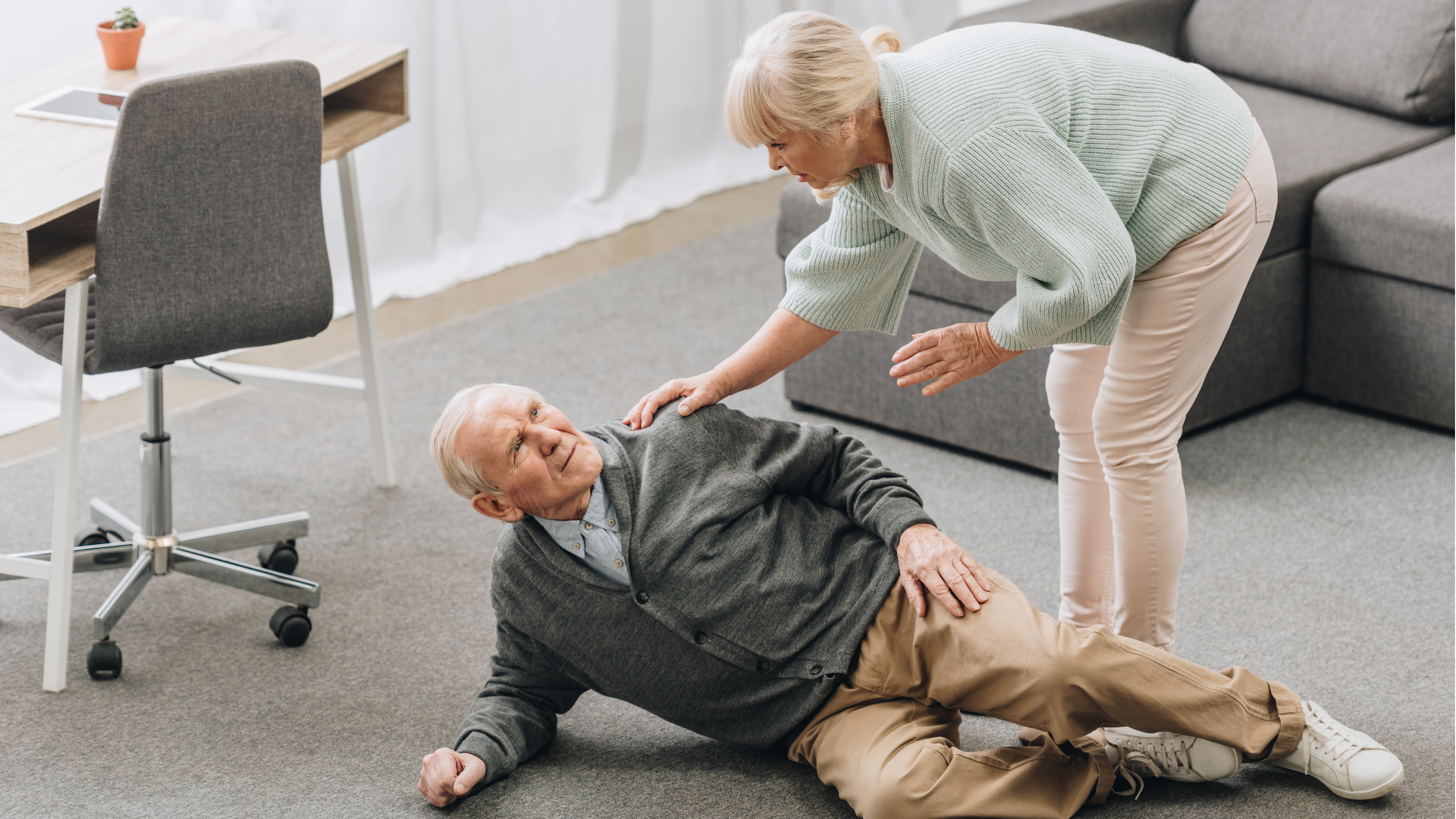News
The facts about falls in the elderly community can be startling

If you or a loved one is over the age of 65, you’re probably aware that there are some dangers associated with falling. There’s no shortage of attention on the topic, with new outlets and experts often discussing the risks involved and offering suggestions on how to prevent falls from occurring. But just how big of a problem are falls in the elderly community, and why do they occur?
Below are a few statistics from the CDC that should help put the matter in perspective:
- Falls are the leading cause of non—fatal injuries that lead to hospital admissions and death for older adults
- One in three Americans over the age of 65 will fall at least once every year
- Every 11 seconds, an older adult is treated in the ER for a fall, and every 19 minutes, an older adult dies because of a fall
- This equates to approximately 2.8 million visits to the ER, more than 800,000 hospitalizations, and 27,000 deaths each year
- The death rate associated with falls for seniors increased by 30% from 2007 to 2016
- In 2015, the total cost of fall—related injuries was about $50 billion
- Less than half of those who experience a fall tell their doctor about it
Health affects fall risk more than age
So why are falls so common in seniors? Believe it or not, but age itself is not responsible for the increased risk for falling that is said to begin around 65 and increase steadily each additional year. Instead, it all comes down to health, as the chances of experiencing health complications do rise aggressively with advanced age. So even though individuals over the age of 85 are technically considered “high risk,“ an 85—year—old who is in perfectly good health does not necessarily have any greater risk for falling than those in the 65—84 age group.
Once an individual turns 65, a host of health conditions are more likely to occur that can directly affect their chances of falling. Arthritis, dementia, diabetes, vitamin D deficiency, balance impairments, lower body weakness, and impaired vision or hearing are all problems that tend to increase in frequency in this population. Many older adults also take medications for various issues, some of which can affect balance or have other side effects that make it difficult to stay on one’s feet. These are both major factors that place older adults with numerous health conditions and who take medications at an elevated risk for falls. And the more of these risk factors that are present, the higher that individual’s chances for falling.
Environment also plays a major part in fall risk
The final piece of the equation is environment, which can be another significant risk factor for falls. Not taking the proper precautions can leave a home filled with potential hazards that can either cause a fall or fail to prevent one from occurring. Loose rugs, clutter, slippery surfaces, poor lighting, steep or uneven stairs, and a lack of handrails or grab bars are some of the main culprits, but anything that interferes with a person’s ability to navigate their surroundings can be responsible for a fall. These hazards can be commonplace in many homes if no one provides instruction on how to avoid them, which is one reason why up to 50% of falls are due to environmental causes, and about 80% of falls occur in the bathroom.
Collectively, this all shows why education on fall occurrence and guidance on how to eliminate potential hazards in the home are both key to mitigating the risk for falls in older adults.
Disclaimer:
The information in the articles, posts, and newsfeed is intended for informational and educational purposes only and in no way should be taken to be the provision or practice of physical therapy, medical, or professional healthcare advice or services. The information should not be considered complete or exhaustive and should not be used for diagnostic or treatment purposes without first consulting with your physical therapist, occupational therapist, physician or other healthcare provider. The owners of this website accept no responsibility for the misuse of information contained within this website.
